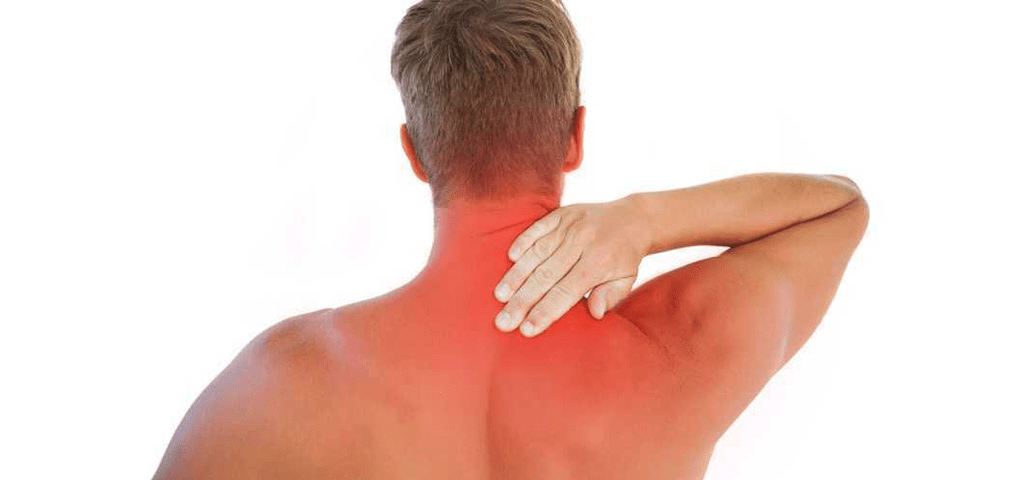The Facts about Soreness and Injury

Common Misconceptions about Strength Training
April 4, 2017Some people avoid physical activity because they remember earlier experiences such as team practices or training for special events that led to soreness for 24 to 48 hours after the intense exercise. They feel that all activity will make them sore, and they want to avoid this unpleasant experience. It is true that intense exercise, especially in muscle groups that are not normally exercised, can cause what is called delayed-onset muscle soreness (DOMS). Some people mistakenly believe that lactic acid is the cause of muscle soreness. Lactic acid, however, returns to normal levels 30 minutes after exercise, whereas DOMS occurs least 24 hours following the exercise.
We now know that DOMS results from microscopic muscle tears, not a buildup of lactic acid. In some cases, DOMS is accompanied by swelling and pain, but in general, the condition has no long-term consequences. There are several steps that can be taken to avoid DOMS and to make the activity more enjoyable. Starting gradually (not doing too much after being inactive) is perhaps the most important thing you can do. It is known that lengthening contractions (eccentric) are more likely to cause DOMS then shortening muscle contractions (concentric contractions). For this reason, walking or running downhill or downstairs should be gradually phased into your program. Of course, a regular warm-up is also advised. Fortunately, DOMS lasts only a day or so. Doing moderate exercise when you have soreness does not seem to put you at risk of muscle injury. DOMS is only temporary and not a common occurrence for those who exercise regularly and consistently. Understanding this will keep it from being a deterrent to regular physical activity.
 Minor injuries such as muscle sprains and strains are not uncommon to those who are persistent in their exercise. If a serious injury occurs, it is important to get immediate medical attention. However, for minor injuries, following the “RICE” formula will help you reduce the pain or the injury and will speed recovery. In this acronym, R stands for “rest” muscle sprains and strains heal best if rested, and rest also helps you avoid quick application of cold (ice or ice water) to a minor injury that minimizes swelling and speeds recovery. Cold should be applied to as large a surface area as possible (soaking is best). If ice is used, it should be wrapped to avoid direct contact with the skin. Apply cold for 20-30 minutes, three times a day for several days. C stands for “compression”. Wrapping or compressing the injured area also helps minimize swelling and speeds recovery. Elastic bandages are good for applying compression. For a sprained ankle, wearing a tied high-top shoe until a bandage can be located which provides good compression. Elastic socks may also be useful. Care should be taken to avoid wrapping an injury too tightly because this can result in loss of circulation to the area. E stands for “elevation”. Keeping the injured area elevated (above the level of the heart) is effective in minimizing swelling. If the seriousness of the injury is high, seek medical help.
Minor injuries such as muscle sprains and strains are not uncommon to those who are persistent in their exercise. If a serious injury occurs, it is important to get immediate medical attention. However, for minor injuries, following the “RICE” formula will help you reduce the pain or the injury and will speed recovery. In this acronym, R stands for “rest” muscle sprains and strains heal best if rested, and rest also helps you avoid quick application of cold (ice or ice water) to a minor injury that minimizes swelling and speeds recovery. Cold should be applied to as large a surface area as possible (soaking is best). If ice is used, it should be wrapped to avoid direct contact with the skin. Apply cold for 20-30 minutes, three times a day for several days. C stands for “compression”. Wrapping or compressing the injured area also helps minimize swelling and speeds recovery. Elastic bandages are good for applying compression. For a sprained ankle, wearing a tied high-top shoe until a bandage can be located which provides good compression. Elastic socks may also be useful. Care should be taken to avoid wrapping an injury too tightly because this can result in loss of circulation to the area. E stands for “elevation”. Keeping the injured area elevated (above the level of the heart) is effective in minimizing swelling. If the seriousness of the injury is high, seek medical help.
Taking over-the-counter pain remedies can help reduce the pain of muscle strains and sprains. Aspirin and ibuprofen (e.g., Motrin, Excedrin) have anti-inflammatory properties. However, acetaminophen (e.g., Tylenol) does not have anti-inflammatory properties, so it may reduce the pain but it will not reduce the inflammation. Any over-the-counter remedy should be taken only as directed unless otherwise indicated by a physician.


